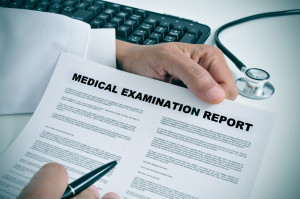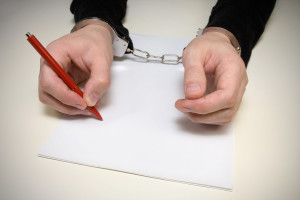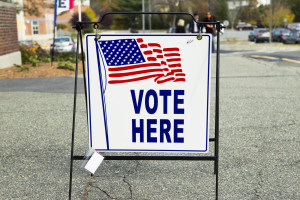Defense attorneys for an Alabama man convicted of sexually abusing a child younger than 6 have presented a psychology expert witness during the sentencing hearing in an effort to avoid a conviction for life without parole. With hopes of persuading the judge to place the convicted defendant to a program for sex offenders rather than prison, the expert argued the man’s personal history and mental state warranted a more lenient sentence.
Alabama Man Convicted of Child Sex Abuse
Emanuel Yarbrough, 34, was convicted in August for first-degree sodomy and first-degree sexual abuse for sex acts he perpetrated on a 5-year-old-girl. A former missionary, Yarbrough argued throughout his defense that he did not clearly remember the act or recognize that he was having sex with a child. Yarbrough argued that he did not engage in the sexual activity in the Alabama County where he was ultimately convicted, and told jurors that he couldn’t differentiate between the young girl and his wife. Yarbrough went on to state that the girl did not tempt him, and was confused during the times that he allegedly committed the acts.
Prosecutor Jayme Amberson wasted no time in pointing out inconsistencies in Yarbrough’s account, and reiterating to the jury that several witnesses – including the victim – testified that the sex acts happened frequently and in the county where Yarbrough stood trial. Jurors needed just 25 minutes to return with a guilty verdict, setting up a sentencing hearing where Yarbrough’s attorneys turned to a psychology expert witness in an attempt at earning their client leniency. Alabama law requires any defendant convicted of sexual abuse with a child under 6 to be sentenced to life without parole, but Yarbrough’s defense team is hoping that an expert analysis of his psychological state of mind will convince the judge that a sex offender program is the more appropriate punishment.
Convicted Sex Offender Turns to Psychology Expert Witness
During the sentencing hearing for Emanuel Yarbrough, his attorneys called forensic psychologist Frankie Preston to testify on the findings of a psychological survey he conducted on the defendant while he was in jail. According to Preston, the tests he administered Yarbrough are designed to determine his degree of mental stability at the time of his crime. During his expert testimony, Preston told the court, “Mr. Yarbrough endorsed experiencing symptoms that were indicative of five of those psychiatrically coined diagnoses — major depressive disorder, post-traumatic stress disorder, obsessive compulsive disorder, generalized anxiety disorder, and somatization disorder.”
Preston went on to testify that the mental disorders Yarbrough suffered had their origins from his family history of abuse which featured similar crimes committed by his father and brother. Further, in Preston’s expert opinion, Yarbrough likely exhibited the symptoms prior to his incarceration during the time when he committed his sexual crimes. Tests also showed that Yarbrough was sexually attracted to adult females and older teenage girls, which is not considered abnormal according to Preston.
During cross examination, Preston suggested that Yarbrough may be eligible to complete a program that he runs for sex offenders which provides treatment before releasing them back into society.
Judge to Mull Prison or Sex Offender Treatment in Alabama Child Sex Abuse Case
Although the mandatory penalty for committing sex offense against a child younger than 6 in Alabama is life in prison without possibility of parole, Emanuel Yarbrough’s attorneys have argued that the punishment is unconstitutionally harsh, and that their client is better suited for a treatment program operated by their forensic psychology expert witness. During questioning about the programing, the expert Frankie Preston admitted that some offenders have re-offended afterwards, but that he and his staff engage in regular follow-ups to minimize post-treatment sex crimes.
The judge will weigh the nature of Yarbrough’s crimes against the psychological factors discussed by the defense expert witness to make a final sentencing decision in the coming days.













